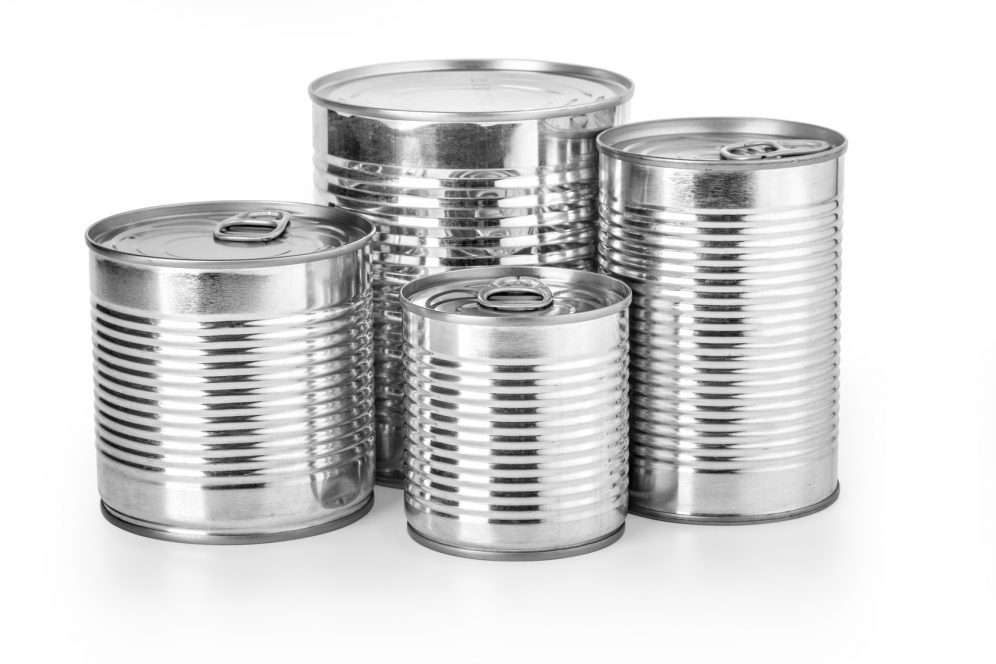
A bleak outlook for packaging in 2020
South Africa’s packaging industry could decline by more than 9% in 2020 as a result of severely impaired disposable income following the national lockdown enforced as a response to the coronavirus.
This is one of the key findings of the 2019/2020 Packaging Overview report that has just been released by full-service research house, BMi Research. The report assessed the packaging industry during 2019, evaluating the amount of packaging that entered the local market by volume according to the four main sectors – glass, metal, plastic and paper – as well as miscellaneous packaging outside these core groups.
It investigated the performance throughout the year of these sectors and the interplay between them, as well as the impact of prevailing economic conditions on each category and their individual economic outputs. The report also provides a short-term forecast for the sector as a whole for 2020, and a longer five-year forecast based on current data.
Compared to 2018, the report found that all sectors had remained stable during the year except for metal, which declined slightly, as beverage sales were not as robust as had been expected. Although no positive growth was recorded last year, this was attributed solely to poor economic conditions, with the GDP contracting in the last two quarters of 2019.
Report author and BMi Research consultant, Dr Dana Braithwaite, says that despite growth remaining flat, it provided a stable foundation on which the industry was expecting to build in 2020.
“Everybody hunkered down last year and waited for conditions to improve. Some players invested in new technology and others in new systems to enhance efficiencies. This should have been the year that things picked up and would have, if the pandemic hadn’t happened. Lockdown has had a devastating effect on this industry,” Braithwaite says.
In unpacking her findings, she explains that most, if not all, packaging companies were considered essential services so continued operating during lockdown. However, they were supplying manufacturers, some of which were not considered essential or were not operating at full capacity. So, while packaging was being produced, manufacturers weren’t purchasing it at usual rates. In cases where manufacturers were operating, consumers were not buying their goods, as lockdown kept shoppers at home.
“The knock-on effect is staggering. Take the alcohol sector, for example. It was completely shut down for an extended lockdown period. In addition, a fair percentage of spirit sales come through duty-free shops, but with the airports being closed, there have been no sales. That’s not forgetting the impact of the closure of restaurants and eateries on alcohol demand. These three factors had a major impact on alcohol sales in 2020 – a sector that accounts for a third of all packaged products in the beverage sector. If you consider that beverages and food together make up the bulk of packaging demand in South Africa, you can see the devastating impact from alcoholic beverages alone on this area of the packaging industry. This will now negatively affect glass and can producers this year,” Braithwaite explains.
Long term, the extended lockdown imposed on this sector is also expected to have a detrimental effect on smaller producers, such as independent wine farms and craft beer and gin manufacturers. The reality, Braithwaite says, is that many of these producers won’t survive this year, putting even more pressure on the glass sector going forward.
The report shows how this scenario repeats itself in the food sector, a segment that enjoys roughly the same portion of packaging spend per year as the beverage sector.
“Around 10% of all food produced enters through the food services chain. The restaurant and the hospitality trade rely heavily on packaged food, but with these sectors being closed for business, there has been no demand for packaged food or non-alcoholic beverages from this end of the market. Here again many smaller businesses such as specialised food service delivery companies will not recover from lockdown. Sales lost during this period are lost forever,” she notes.
Braithwaite’s findings show that this pattern is consistent across all packaging sectors. Less demand from manufacturers equals less packaging being used. In much the same way that smaller product producers will struggle to stay afloat, so will many independent and niche packaging producers. Braithwaite believes small operators in the plastic and paper sectors will be hardest hit here, and may not recover from these losses.
Given these scenarios, the projections for glass, metal, paper and plastic packaging for 2020 do not look good. All packaging types are expected to record declines, ranging from 5% to 12%, with plastic expected to bear the brunt of the losses. In total, the sector as a whole is projected to contract by 9.3% during 2020.
Despite this outlook, the report shows the sector will make a recovery and that the larger players will be poised for growth when it does.
“We’re expecting the sector to make a full recovery on both the supply and demand sides by the end of 2021. The more stable players were prepared for growth this year, and I believe they will be again once the current situation eases. What’s really needed to spur this recovery is greater disposable income; more consumer demand and as a result, more manufacturer demand. However, that will depend entirely on unemployment lessening and South Africans reclaiming their lost incomes,” Braithwaite concludes.
The full report can be purchased from BMi Research by contacting Danie Botha on 083 2717720.

